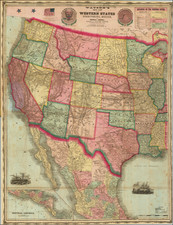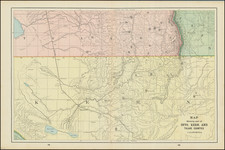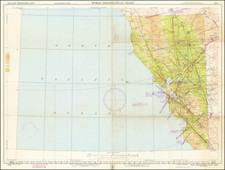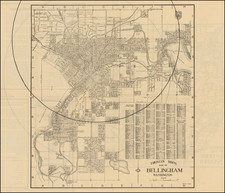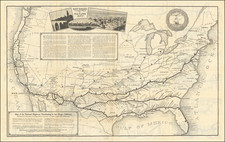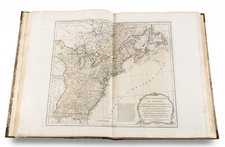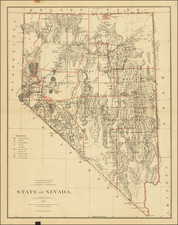Celebrating The Completion of the Transcontinental Railroad
Rare separately issued map of the Western United States, published in New York by Gaylord Watson.
The map includes a detailed treatment of the railroads in the western United States, in the year of the completion of the Transcontinental Railroad, along with the proposed routes for the Northern and Southern routes, which were then still far from completion. The map presents a remarkably detailed treatment of not just the railroads, but a number of other routes in the west, including:
- Wagon Route From Salt Lake to Los Angeles
- Overland Mail Route
- Emigrants Route to Oregon
- Simpson's Southern Route
- Hasting's Route (see below)
Vignettes at top of star, U.S. flag, and the new and old national seals. Inset text on rivers at top right. Inset of Central America at lower left. Two large engravings of ships.
The transcontinental railroad was a massive infrastructure project that was completed in the United States in 1869. It connected the East Coast and the West Coast of the country by rail for the first time, allowing for easier travel and commerce between the two regions. The idea for a transcontinental railroad had been floating around for several decades, but it wasn't until the 1850s that Congress began to seriously consider it. In 1862, President Abraham Lincoln signed the Pacific Railroad Act, which provided funding and land grants to two railroads: the Union Pacific, which would build westward from Omaha, Nebraska, and the Central Pacific, which would build eastward from Sacramento, California.
Construction of the transcontinental railroad was a daunting task, requiring the labor of thousands of workers, many of whom were Chinese immigrants. The two railroads faced numerous challenges, including difficult terrain, financial difficulties, and conflicts with Native American tribes. Despite these challenges, the Union Pacific and Central Pacific made steady progress and finally met at Promontory Summit, Utah, on May 10, 1869.
The completion of the transcontinental railroad was a major milestone in American history and was celebrated with a ceremony known as the "golden spike." At this event, the last rail was laid and a gold spike was driven into the ground, symbolizing the joining of the two railroads. The ceremony was attended by a number of dignitaries, including President Ulysses S. Grant, and was widely reported in newspapers across the country.

